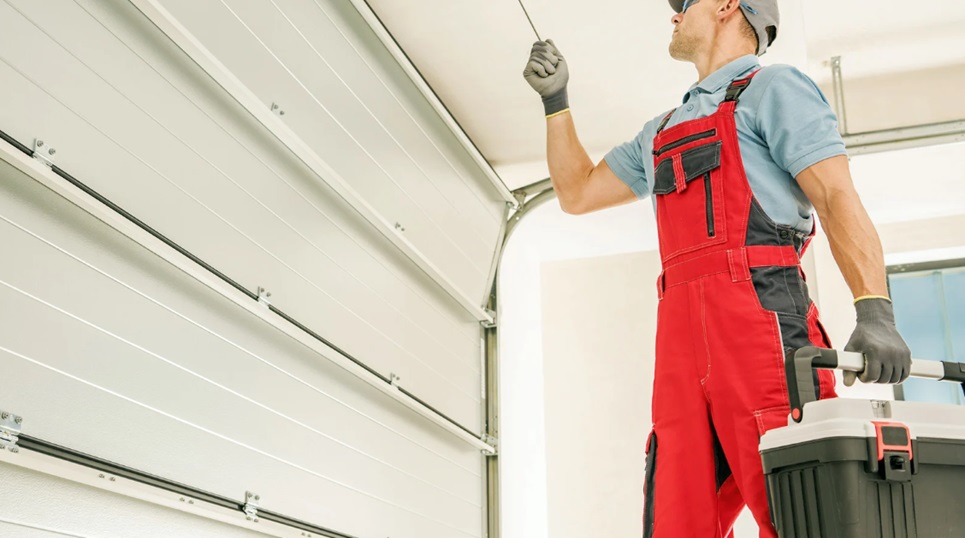Selecting the right material for your garage door is a decision that combines aesthetics, durability, insulation, and security. Whether you’re renovating your home or building from the ground up, the material you choose will affect the door’s performance and how well it withstands the elements.
If you’re planning a garage door installation in Beavercreek, it’s especially important to consider weather conditions and long-term durability when making your material choice.
Steel: Durable and Low Maintenance
Steel remains one of the most popular materials due to its affordability, strength, and minimal upkeep. It is resistant to warping, cracking, and pests, making it a practical option for homeowners in fluctuating climates. Many steel doors also come with insulation layers that improve energy efficiency and noise control.
For added protection, choose galvanized or powder-coated models to help resist rust and surface damage over time.
Wood: Elegant but Demanding
Wood garage doors are ideal for homeowners seeking a timeless, classic appearance. They offer excellent curb appeal and can be customized with various stains and finishes. However, they require more maintenance to prevent rot, cracking, or warping—especially in humid or wet environments.
Routine sealing and painting are essential to maintain their condition, making wood best suited for those willing to invest in ongoing care.
Aluminum: Lightweight and Rust-Resistant
Aluminum garage doors offer a modern aesthetic and are notably lightweight, reducing strain on the opening mechanism. Their resistance to rust makes them ideal for coastal or high-humidity areas. However, aluminum is more prone to dents and may not provide the same insulation value as other materials unless specifically reinforced.
Fiberglass and Vinyl: Weather-Resistant and Low Maintenance
Fiberglass is another material that resists moisture, salt, and pests. It’s a smart choice in regions with extreme temperature swings, as it won’t warp or crack easily. Vinyl offers similar durability and is often marketed as “kid-proof” due to its impact resistance.
While these materials require less maintenance, they may lack the texture and warmth of wood or the robust strength of steel.
Security and Safety Considerations
Material isn’t just about looks—it also plays a vital role in protecting your property. Heavier, reinforced materials paired with quality locking systems help secure your garage door against break-ins. Be sure to choose models that support robust locking mechanisms and integrate well with modern opener technologies.
Why DIY Isn’t Always the Best Route
When evaluating installation options, it’s crucial to understand the risks of DIY garage door installations. Improper alignment, poor spring tensioning, and lack of structural support can all compromise performance and safety. A poorly installed garage door may reduce the material’s benefits and result in more frequent repairs.
Trusting professionals ensures your chosen material functions to its full potential and is correctly integrated with your garage’s framework and opener system.
Conclusion
Choosing the right garage door material involves more than appearance. It requires a balance of durability, climate suitability, maintenance needs, and safety performance. Whether you opt for steel, wood, aluminum, or fiberglass, a thoughtful selection now leads to fewer issues and greater satisfaction down the line. With professional installation and the right safeguards in place, you can enjoy long-term reliability and enhanced security with your new garage door.

